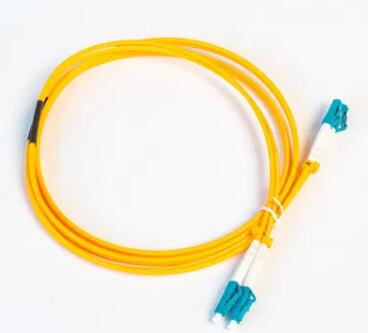What Are the Key Applications of Optical Fiber
2023-10-24
Optical fiber has a wide range of applications across various industries due to its ability to transmit data quickly and efficiently over long distances while offering advantages like high bandwidth and resistance to electromagnetic interference. Some of the key applications of optical fiber include:
1. Telecommunications: Optical fiber is the backbone of modern telecommunications networks. It is used for long-distance and high-speed data transmission, including internet connectivity, telephone services, and data centers. Fiber-optic cables are essential for enabling global communication.
2. Internet Connectivity: High-speed internet connections, such as fiber-to-the-home (FTTH) and fiber-to-the-premises (FTTP) networks, rely on optical fiber. These networks provide fast and reliable internet access for residential and business users.
3. Cable Television: Fiber-optic cables are increasingly used to deliver high-definition television and video-on-demand services. Fiber-optic networks can carry vast amounts of video and audio data, making them ideal for cable TV distribution.
4. Data Centers: Optical fiber is integral to data center infrastructure. It supports high-speed data transmission within data centers and between geographically distributed data centers, ensuring rapid and reliable access to digital services and cloud computing resources.
5. Telemedicine: In the field of healthcare, optical fiber is used for telemedicine applications, enabling remote consultations, diagnostic imaging, and the exchange of medical data and records over long distances with high quality and minimal latency.
6. Military and Defense: The military uses optical fiber for secure and high-capacity data communication. It is also employed in surveillance and reconnaissance applications, where lightweight and low-signature communication systems are necessary.
7. Aviation and Aerospace: Optical fiber is used in the aerospace industry to reduce weight and improve performance in communication and control systems. It is employed in aircraft and spacecraft for data transmission and control signals.
8. Industrial Automation: Optical fiber is essential for industrial automation and control systems, where electromagnetic interference can disrupt communication. It enables real-time data exchange and control in manufacturing and processing industries.
9. Sensing Technology: Optical fiber sensors are used for various sensing applications, including temperature, pressure, strain, and environmental monitoring. These sensors are employed in industries like oil and gas, healthcare, and structural engineering.
10. Undersea Cables: Optical fiber is used in undersea cables for global communication. These cables connect continents and enable international data and voice communication.
11. Scientific Research: Optical fiber is integral to scientific research, particularly in fields like spectroscopy, astronomy, and high-energy physics, where the ability to transmit high-quality data over long distances is crucial.
12. Rail Transportation: Optical fiber is used in railway systems for high-speed data communication, signaling, and video surveillance. It enhances safety and efficiency in rail transportation.
13. Oil and Gas Industry: Optical fiber is used in downhole applications to monitor well conditions and collect data in oil and gas exploration and production.
14. Renewable Energy: Optical fiber sensors are used in wind and solar power plants to monitor structural integrity, temperature, and strain in equipment and structures.
15. Educational and Research Networks: Optical fiber supports high-speed data transmission in educational and research networks, facilitating collaborative research and data sharing among institutions.
These are just a few examples of the diverse applications of optical fiber. Its versatility and reliability make it a critical technology in modern communication, industry, and research. As technology continues to advance, optical fiber will likely find new applications and play an even larger role in shaping the future.



